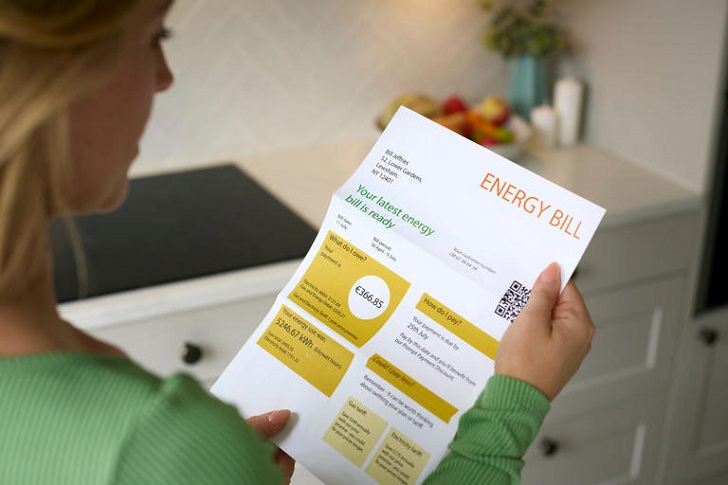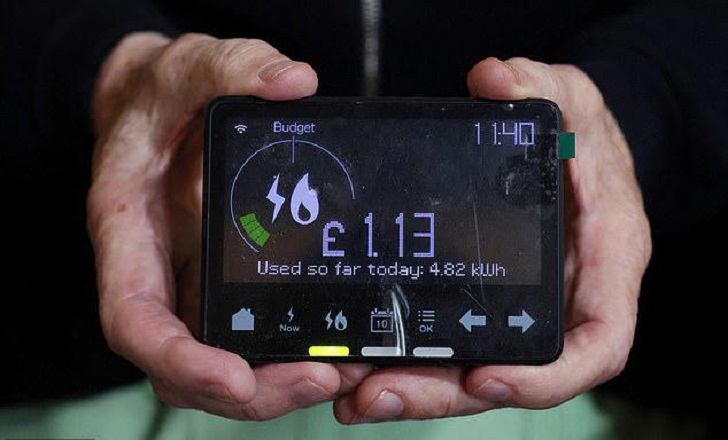
How to Understand Your Energy Bill and Prevent Common Billing Errors

Understanding your energy bill is essential for managing household expenses and catching potential errors. Your energy bill offers a breakdown of your gas and electricity usage, directly impacting your monthly costs. Reading it properly empowers you to monitor usage, avoid overpayments, and make informed choices. Here’s how to understand your energy bill to prevent common mistakes.
How to Understand Your Energy Bill
To fully understand your energy bill, confirm that all personal and account information is correct. Then, compare the meter readings listed on the bill with those on your meters. This step ensures you’re only billed for the energy you’ve used.
Next, review the tariff details. Familiarize yourself with your current rate per unit and any standing charges. Fixed tariffs offer predictability in budgeting, while variable tariffs may offer savings when rates drop. Knowing your tariff type helps you plan for future expenses and compare options if you decide to switch providers.
Finally, examine the breakdown of the charges. If you notice unexpected costs or unfamiliar fees, contact your provider for clarification. Catching errors early can prevent overpayment and streamline your billing experience.

KNX News | MSN | Please confirm that all personal and account information is correct to fully understand your energy bill.
5 Key Elements on Your Energy Bill
Most energy bills contain the same core information regardless of your energy provider. Here’s what you should look for:
1. Customer Details
Your bill should show your name, address, and a unique customer reference number. Ensure this information is accurate, as errors could lead to billing and account management complications.
2. Tariff Information
The tariff represents the rate you pay for your energy. There are typically two types: fixed and variable. Fixed rates mean your cost per unit stays constant, while variable rates fluctuate based on market changes. Check that your bill correctly reflects your chosen tariff.
3. Usage Overview
Your energy usage is broken down by gas and electricity, showing how many units you consumed in the billing period. This information helps you track changes in usage and adjust your habits to save on costs.
4. Meter Readings
Energy bills use meter readings to calculate usage. Your bill may display either actual or estimated readings. Estimated readings, marked with an “E,” are based on historical usage and may not be accurate. Submitting regular meter readings ensures your bill reflects actual consumption.
5. Breakdown of Charges
This section provides details on how your bill total was calculated, including the cost per unit and any standing charges. Review this breakdown to ensure all costs are accounted for and that no extra fees have been added.
Tips to Avoid Common Billing Errors
Billing errors can lead to unnecessary expenses and frustration. Here are some tips to help you avoid common mistakes:
Submit Regular Meter Readings
Provide monthly readings to your supplier to prevent inaccuracies due to estimated readings. Many companies offer online or phone services for easy submission. This ensures your bill accurately reflects your consumption.

This Is the Money | MSN | Provide monthly readings to your supplier to prevent inaccuracies due to estimated readings.
Check for Address and Account Accuracy
Verify that your bill includes the correct address and customer information. Mistakes here could mean you’re charged for someone else’s usage. Contact your provider immediately if you spot any errors, and request a corrected bill.
Review the Tariff Comparison Rate
This figure helps you see how your tariff compares to others. If your rate appears significantly higher than other available options, consider exploring different tariffs. Switching providers can often result in savings, especially if you find a more competitive rate.
Monitor Charges During Moves
Moving to a new home can create billing issues if the supplier is unaware of the change. Before moving, take final meter readings and close your account with the provider for your previous property. At your new address, submit your initial readings to the existing supplier. This process ensures you’re billed accurately from the start.
Understanding Meter Numbers and Codes
Every energy bill includes meter serial numbers, as well as MPAN and MPRN codes for electricity and gas, respectively. These numbers help ensure you’re billed for the correct usage. To find these codes, look at your energy bill under the meter details section. Cross-check the codes on your bill with those on your physical meters.
If the codes don’t match, contact your supplier immediately. Using incorrect meter numbers can result in billing discrepancies, potentially leading to overcharges. Addressing such issues early prevents headaches and ensures your bill reflects only your energy usage.
The Importance of Accurate Meter Readings
Taking accurate meter readings is essential for preventing both overpayments and unexpected debts. Regularly updating your provider with these readings helps them generate accurate bills. Many energy companies allow customers to submit readings through apps, websites, or automated phone systems, making it easier to stay on top of your usage.
For those with smart meters, readings should be automatically transmitted to your provider. However, checking your meter readings periodically is still a good idea. Keeping an eye on them helps you verify that the readings match what appears on your bill, ensuring everything aligns.
More in Financial Planning
-
`
Investor David Einhorn Thinks Peloton Can Be Worth Five Times More IF It Cuts Costs
David Einhorn, founder and president of Greenlight Capital, has a bold vision for Peloton. He believes the struggling fitness company could...
November 7, 2024 -
`
How Interactive Matter Maps Improve Legal Research and Planning
Interactive matter maps have transformed legal research and planning by simplifying how law firms manage complex matters. These tools help legal...
November 1, 2024 -
`
The Role of Global Mobility in Business Planning for 2025
In an era where the competition for top talent is fierce, the significance of global mobility in business planning cannot be...
November 1, 2024 -
`
Will AI Legal Advice Empower or Exclude Those in Need of Justice?
The rapid advancement of technology has introduced AI legal advice into the legal profession, creating both excitement and concern. Law firms,...
October 25, 2024 -
`
Trump vs. Harris – Who Does Hollywood Support?
As the race for the White House heats up, celebrity endorsements have become an influential force in shaping public opinion during...
October 22, 2024 -
`
Is Shawn Mendes’ Relationship With Camila Cabello Finally Clarified?
Recently, Shawn Mendes shared insights into his connection with Camila Cabello during an interview with Jay Shetty. Their relationship, which has...
October 15, 2024 -
`
China Stimulus Fuels Market Surge, But Can It Save the Ailing Economy?
The recent China stimulus measures have sparked renewed optimism in the markets, but doubts remain about whether these efforts will be...
October 10, 2024 -
`
Top 12 Little-Known Savings Tips for Cutting Expenses Fast
Are you looking for the best ways to save money? Saving money often feels like a daunting task, but it doesn’t...
October 10, 2024 -
`
Is Legal Advice from ChatGPT Trustworthy?
Legal advice from ChatGPT may seem like a convenient and cost-effective solution for those facing legal challenges. AI tools like ChatGPT...
October 5, 2024















You must be logged in to post a comment Login